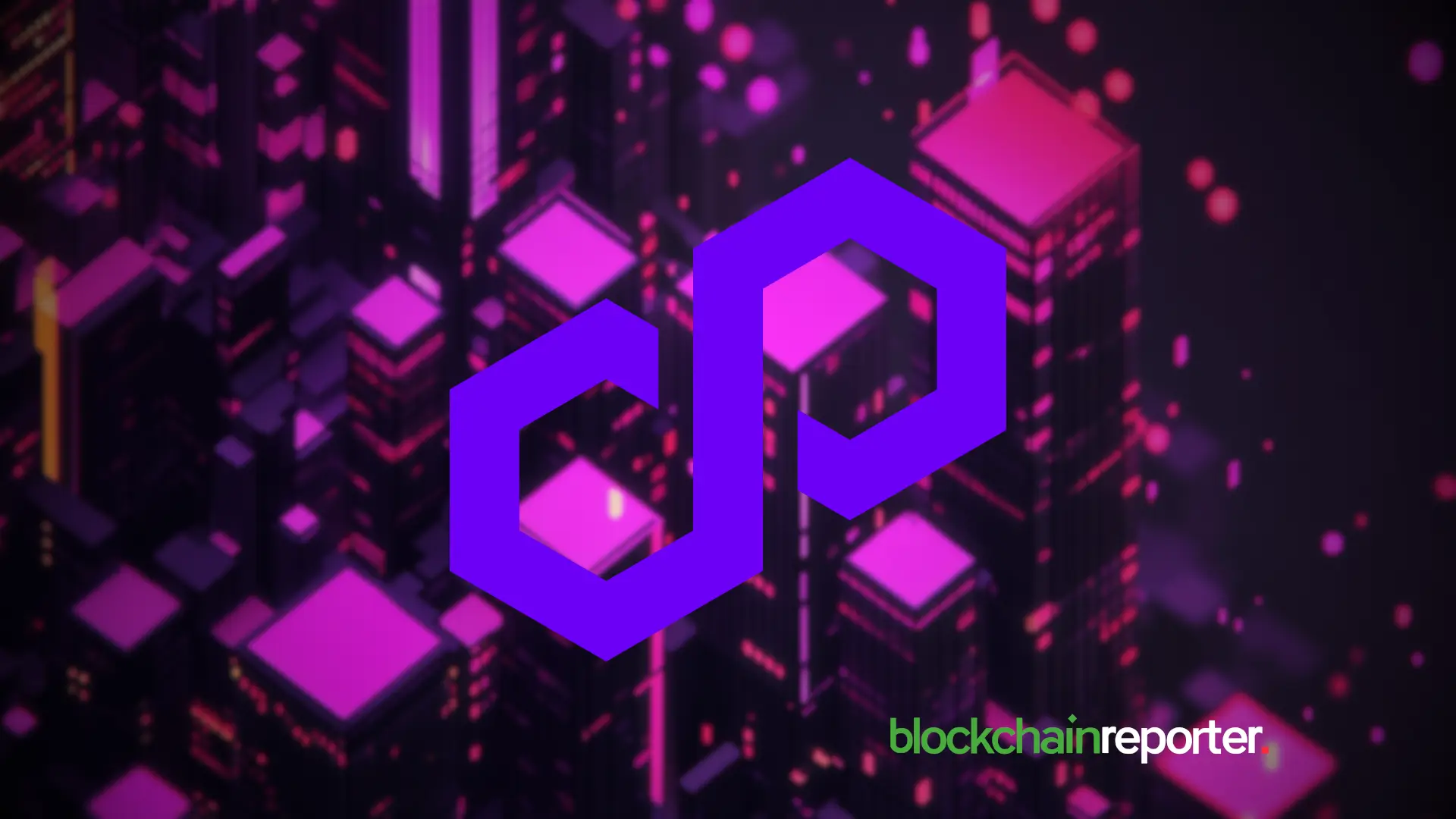Trustlessness In Blockchain Still Can’t Be Trusted. But It Can Be Improved



When we talk about trustless systems, we’re implying some kind application that doesn’t require users to trust it. The idea is that it just works, accurately and fairly, every single time, without ever cheating users. They’re designed in such a way that there’s no need for users to trust any single human or entity.
Trustless systems are an alternative to the centralized applications in use today, which are totally reliant on trust. Take your mobile banking application, for example. No doubt, you’re fairly confident that nobody is going to steal your life savings, because you trust that the bank itself will keep them safe.
Web3 systems lack this kind of centralized authority, which is why they need to be trustless by design. But so far, they fall short of being truly trustless.
You Can’t Trust Blockchain Yet
In trustless systems, code is supposed to be the law. Smart contracts are designed to automatically execute transactions when specified conditions are met. They utilize pre-defined rules to prevent manipulation, and in most cases they work well enough. Yet that isn’t always the case. Because the code itself is written by humans, it remains susceptible to bugs and vulnerabilities, and that’s why there have been numerous multi-million dollar hacks throughout the history of crypto.
The oracle problem is another challenge for trustless systems. Oracles bring real-world data, such as weather conditions, stock prices and sports results, on-chain, but this can only be done with human intervention. The oracles are created by humans, and dApp users must trust these oracles, which is why systems are put in place to verify their data. Should any data be unverified, the “trustless” nature of the blockchains that use them would be compromised. So even though the network might be decentralized, it still relies on the integrity of other systems.
Trust becomes apparent in other ways, too. Certain blockchain projects or dApps may gain instant credibility based on the reputation of the person involved with it. For instance, a project that involves Vitalik Buterin, perhaps the most famous blockchain personality of all, would gain instant credibility, and that association would likely influence the perspective of others. Many users would likely assume that it’s definitely not a scam, simply because of his involvement.
In addition, certain kinds of digital assets require trust. One of the most obvious of these is “Wrapped Bitcoin” or wBTC, which is a cryptocurrency that lives on the Ethereum blockchain. It’s pegged to the price of the original Bitcoin, and this is done by collateralizing each wBTC that’s minted with one BTC. But the BTC itself is held by a privately owned company called BitGo, which acts as the custodian of those assets, meaning that anyone who uses wBTC has to trust it.
Blockchain’s reliance on human oversight, despite all claims to the contrary, means that it’s not entirely trustless, leaving it exposed to risks such as the reintroduction of centralization. For instance, a group of developers tasked with updating smart contract code, or the operator of a popular oracle could influence a network in negative ways or act maliciously, putting users at risk.
The need for trust also calls into question blockchain’s claims of transparency. While the transactions on a decentralized ledger might be publicly visible and verifiable, the motivations and actions of human actors involved in coding, operating oracles or taking custodying funds are definitely not.
Layer-3 Fortifies Digital Trust
The somewhat less-than-trustless nature of blockchain-based systems has not gone unrecognized, and that explains why Layer-3 networks like Orbs are trying to rectify it by building more robust mechanisms that reduce the need for human oversight.
Orbs is building a decentralized “execution layer” that sits atop of Layer-1 and Layer-2 blockchains, enhancing their capabilities and performance, and as part of those efforts it’s also working to increase trustlessness. It’s based on an independent network of decentralized “Guardians” who are incentivized to uphold its integrity, with the threat of severe financial penalties if they misbehave. These nodes are tasked with performing complex computations and can interact with smart contracts hosted on multiple blockchains, allowing Orbs to act as a secure and verifiable layer for off-chain logic. Using Orbs’ infrastructure, dApps can implement advanced functionality that isn’t possible when operating directly on an L1 or L2 network.
Crucially, Orbs’ infrastructure can help to minimize the reliance on human oversight. Its permissionless and verifiable execution environment can automate and secure sophisticated processes that would otherwise necessitate the use of trusted intermediaries, enhancing the trustless nature of blockchains and dApps.
Orbs also supports a reputation system that runs on its L3 network, allowing blockchain users to create decentralized identities that prove their names, ages and qualifications without revealing them to anyone. These DIDs can then be used on any blockchain that integrates with Orbs, making them interoperable across Web3 and increasing digital trust.
Removing Intermediaries and Custodians
Orbs’ efforts to build trust into the infrastructure layer are complemented by various other initiatives in the blockchain world that attempt to squash the need for intermediaries and human oversight.
For instance, Humanity Protocol has created a Proof-of-Humanity consensus mechanism that’s designed to provide proof that blockchain users are genuine humans, as opposed to bots or simply someone’s second (or third, or fourth) account. It’s an essential tool for blockchain governance, especially in DAOs that try to increase fairness with more advanced voting systems that avoid token-weighting. It shifts trust from human oversight to cryptographic proofs, enabling trustless verification of users that ensures no individual can gain more influence over a protocol simply by creating multiple wallets.
Meanwhile, a project called Zeus is taking aim at custodians with zBTC, an alternative to wBTC that lives on the Solana blockchain. Rather than sending funds to a custodian to mint assets, Zeus utilizes a permissionless architecture, where the BTC is held securely by a network of validators, known as “guardians”. Funds are bridged from Bitcoin to Solana by way of the Zeus Program Library, which mints one zBTC token for every BTC that’s deposited.
When a user sends BTC to the Zeus Program Library, those funds securely stored in a smart contract that’s operated by the network of guardians, and an equivalent amount of zBTC tokens is then sent to the wallet they came from. The guardians work together to control those smart contracts, and no single guardian can unlock them without approval from all of the others. This means that the BTC can only be unlocked once the zBTC minted in its place is returned to the Zeus Program Library and burned.
Trust Me, It’s Getting Better
Projects like Orbs, Humanity Protocol and Zeus are striving to create more reliable and foolproof digital ecosystems that reduce the need for human intervention. This is key, because as long as humans are required to uphold something or intervene to put things right, there will always remain an element of trust in blockchain-based systems. By reducing trust, we can increase decentralization, and in turn this means greater fairness and transparency.
While it may not be possible to eliminate the need for trust entirely, the continuous innovation of these projects can help to minimize the reliance on humans to an extent that no single entity has enough influence to manipulate systems in their favor.

Best Altcoin To Buy Now: This Under $1 Crypto is Taking on Booming Web3 Industry
Tapzi’s $0.0035 presale fuels buzz in Web3 gaming with its skill-to-earn model, staking, and real ut...

Polygon Price Today; Ethereum Price Prediction & The Latest News From Top Trending Crypto Remittix
Polygon eyes growth as an Ethereum layer-2, ETH faces gas fee tests, while Remittix surges with $26....

Crypto Bloodbath: $1.7B Liquidations Hit XRP, SOL, ADA — But Digitap Emerges With 50x Forecast
Amid a $1.7B crypto liquidation wiping XRP, SOL, and ADA, Digitap’s live omni-bank platform fuels hy...

